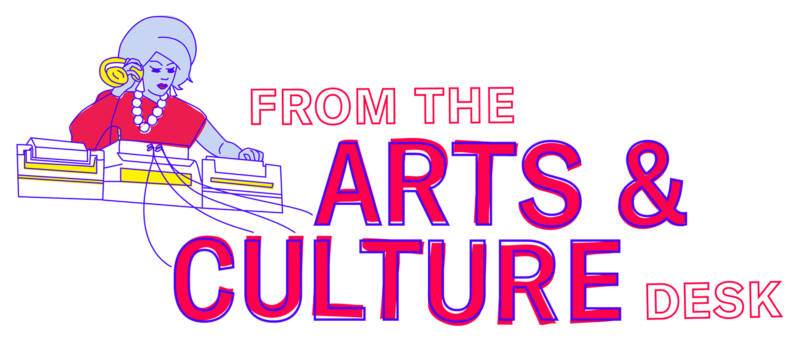Dear Readers,
As I write this on my morning ferry ride, surrounded by commuters who work in San Francisco but aren’t able to live there, I’m thinking of an underlying issue in the Bay Area.
That issue is space, and who is allowed to inhabit it—and who isn’t.
Take jazz musician Wil Blades, the Bay Area’s top Hammond B-3 organ player. Respected by his peers, adored by fans here, he’s nevertheless moving to Los Angeles. In music, as in baseball, San Francisco and L.A. share a historic rivalry. But lately we’ve seen more and more musicians packing up and moving south — because musicians can’t easily take up space here.
What if your space burns down, as it did to the M0xy warehouse of East Bay art studios? You’re on your own with GoFundMe campaigns. What if your space gets old and derelict, as it did to the community basketball court at Concordia Park in East Oakland? You tweet at Steph Curry, and hope for the best.
It’s not all bad news for those traditionally pushed out of space. (Steph Curry did come through and fix the hoop court, after all.) In the Temescal district, among yoga studios and upscale eateries, a prison abolitionist group founded by Angela Davis bought a former baby store in a wildly unlikely real-estate deal. And you could think of the Bonanza trash fashion show as artists being pushed out so far that they’re relegated to the city dump — or you could think of it, as I do, as a fabulous celebration of living on the fringes.
But all of these stories are about space. Here’s hoping you’re holding onto yours. And as always, you can email me here, and let us know how we’re doing.

Gabe Meline
Senior Editor, Arts
@gmeline

TRENDING
How Prison Abolitionists Acquired a Former Baby Store in Oakland’s Temescal District
By Sam Lefebvre
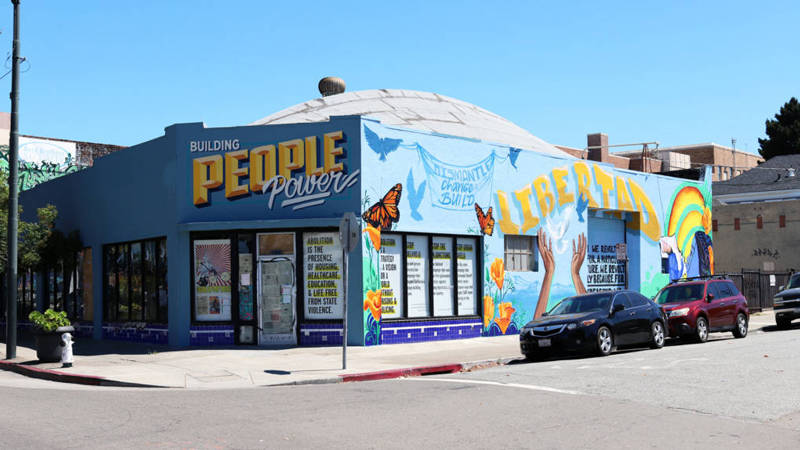
Critical Resistance, the radical prison abolitionist organization founded by Angela Davis, is building offices and gathering space for allied groups on 44th Street and Telegraph Avenue in Oakland.
NEWS YOU SHOULD KNOW
How Artists Transformed San Francisco’s Trash into an Audacious Runway Show by Kelly Whalen
Why Wil Blades is the Latest Celebrated Jazz Musician to Leave the Bay Area by Andrew Gilbert
Ibram X. Kendi Says No One is ‘Not Racist.’ So What Should We Do? by Ericka Taylor
Steph Curry Helps Renovate Run-Down Basketball Court in East Oakland by Pendarvis Harshaw
M0xy Warehouse Artists in Oakland Plot Recovery From Fire by Sam Lefebvre
Kahlil Joseph Broadcasts the Vastness of Black Life in ‘BLKNWS’
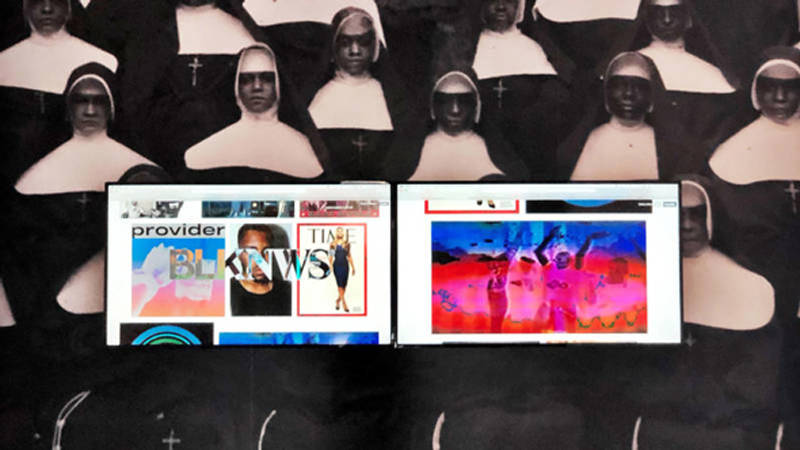
Critical Resistance, the radical prison abolitionist organization founded by Angela Davis, is building offices and gathering space for allied groups on 44th Street and Telegraph Avenue in Oakland.
Video Artist Lisa Reihana Brings Truth Back to the History of the Pacific
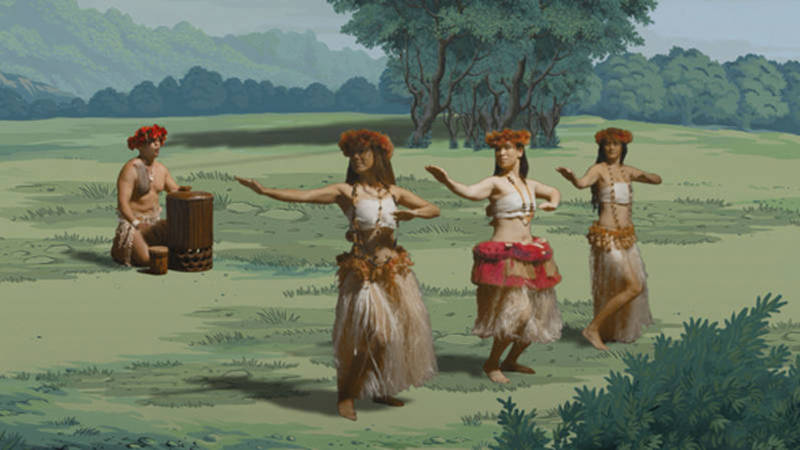
Lisa Reihana, a Māori artist from New Zealand, embarked on a decade-long project to reimagine Les Sauvages de la Mer Pacifique by infusing the historic painting with the indigenous experiences and reality of violent colonialism it lacks.
IN CASE YOU MISSED IT
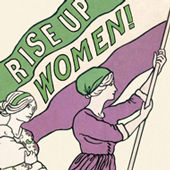
The Library of Congress Wants You To See (and Transcribe) Thousands of Suffragist Letters
How One Brutal Children’s Book From 1845 Left Permanent Marks on Pop Culture
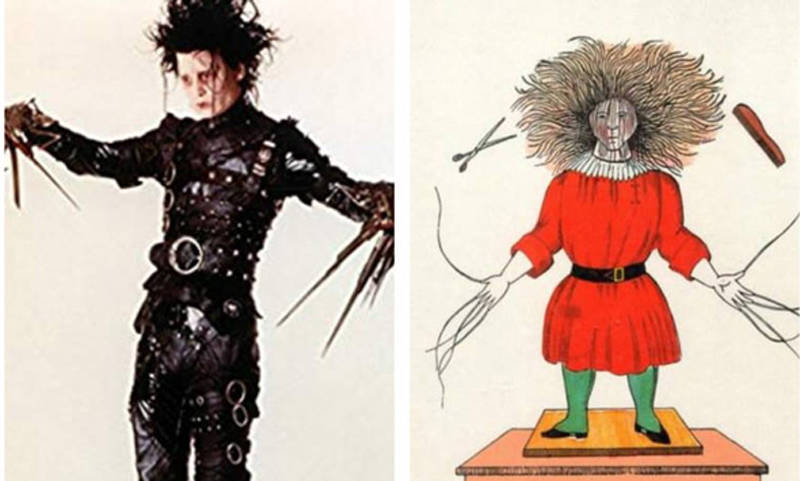
It’s a collection of children’s stories so brutal, it almost outdoes the Brothers Grimm.
The tales of Der Struwwelpeter by Heinrich Hoffman are short, sharp, shocking, and they’ve left a surprisingly deep mark on culture, even though most living Americans have never read them.
Today, the astonishing content of Der Struwwelpeter hasn’t only irreversibly impacted children’s literature — its influence can still be seen in movies, cartoons, TV shows, and a wealth of parodies.
STAY IN TOUCH
If you’d like to hear from KQED daily, please join us on Facebook, Instagram and Twitter for more frequent updates.
Tell your friends about the KQED Arts newsletter. Forward this newsletter to someone who loves arts and culture, culture and community and encourage them to subscribe. Reach out if you have a story idea or are interested in being featured in our newsletter.
